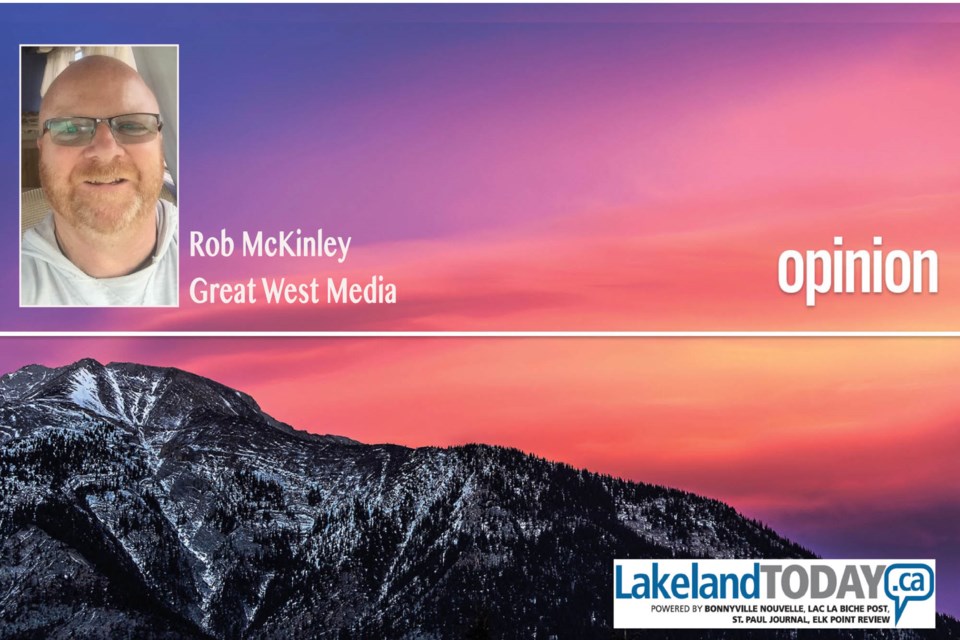It's a shame we don't have the same care and concern for our paved highways as we give to our information highways.
Just last week, the Canadian Radio-television and Telecommunications Commission released another area code for the province to keep pace with the growing telecom needs across Alberta. The three-digit addition, 368, will soon have Albertans linked and networked to meet the growing demands. It's the fifth area code for the province — the third addition of a three-digit code to the growing network since 2008.
In the Lakeland, three-digit connectors like 881, 663 and 659 should be so lucky.
The highway system in much of the Lakeland area, especially main arteries like Highways 28 and 55, as well as the localized feeder roadways, are in need of immediate attention.
Recently, our provincial representatives have been driving that message home in political settings — but it's been a bumpy road.
Money isn't there, the government says. The will isn't there, the critics say ... but the concern is, the motorists say.
Daily commuters across northeastern Alberta see the issue worsening with every trip. It's not the little seasonal issues, the sweeping and surface cracks, the potholes — they can be patched and fixed — it's the foundation decay and surface erosion of these roads that carry our children, our loved ones, our emergency crews, patients and regional visitors. And it's the continuing ignorance to do anything about it by the provincial powers-that-be that make it more of a scary ride.
Highway 28 from the Lakeland region to the outskirts of Edmonton is part of a network of paved highway that stretches across Alberta for more than 25,000 kilometres. This particular highway is a direct link between Alberta's rural northeast — filled with farmland, oil and gas, lumber and residents who contribute to the province's economy and the government's bankroll. And it is terrible.
Alberta accounts for more than one quarter of Canada's road network, despite being the country's sixth largest province or territory, boasting more than 473,000 kilometres of single-lane equivalent roadways across its 660,000 square-kilometre area.
That's a lot of road. Shouldn't our leaders be better at maintaining it?
Highways 28, 55, 41 and 36 didn't just develop critical issues overnight. Our elected leaders have watched them deteriorate over years and decades. Our local leaders and regional representatives have carried the message to provincial and federal ears, but not enough has been done.
When we think of the northeast and what joins us, we think of culture and history, of the Indigenous, the homesteaders, development, industry. It's what makes us thrive. But the true link in the real sense of the word, what actually joins us, what brings us to each other — it's the roads, the trails, the once-beaten paths between supply and consumer, product and producer.
We are now at a crossroads. If residents don't drive home the message now to our political leaders that we must have better links to each other, it won't matter how many new digits we'll have on our phones to connect, the physical disconnect will be complete.
Use the new area code or any of the others to contact your MLA, government ministers ... or anyone who can pave a path to a better and safer region for us all. Ironically, 368 spells "DOT" — Department of Transportation — on the touch-buttons — try them too.


